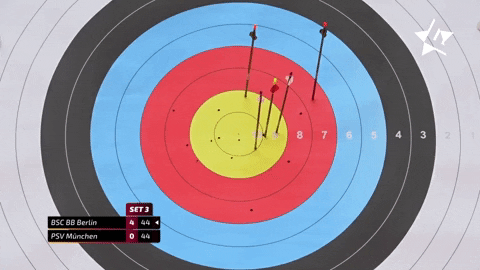Today I would like to discuss a strategy I use to sell premium with defined risk. It involves selling naked puts on lower-priced stocks. A short put income generation strategy is used to capture option premium by selling put options.
I use this strategy in instances where I expect the underlying security to remain stable or increase in value. It is a favorite strategy of mine.
Risk/Reward of a Short Put
A short put can expose the trader to more risk than reward. The maximum profit on this trade is limited to the premium I take in. It has the same risk profile as a long stock position minus the upside potential.
Here’s what that looks like on a graph:
By giving up some upside and taking on more risk, I have a trade where the probabilities can be in my favor over the long term by being an options seller.
Selling naked puts is also a decent strategy if a trader wants to own the stock at a lower price. For example, let’s say that shares of a stock are trading at 100, and I think the stock will trade higher but feel that implied volatility is too rich. Instead of buying a call, I can sell a put at the 95 strike, if I get exercised, I’ll be long the stock from 95.
However, by selling puts naked, a trader is exposed to significant downside ──Risk i.e., all the way to 0. If an adverse news release comes out or a company files for bankruptcy, there is a possibility that a stock can drop 80% or more. This is, however, a rare event, and why I study the fundamentals of stocks I wish to sell puts on closely.
This is also why I choose to use this strategy on lower priced stocks usually around the $10 price level, sometimes as high as $20. On a $100 stock an 80% drop is too much risk for my risk profile. However, on stocks around $10, I am comfortable knowing that a write down to zero will not wipe me out. I understand that it is a rare event and am willing to accept this possibility in order to receive premium on a higher probability trade. I am a big boy and am willing to take the pain of these rare events, understanding that over the long term by selling puts I am in a position of strength just like the “smart money” market makers.
Time Decay Advantage
When I’m short an option, I want implied volatility to shrink. In addition, Theta works in my favor. Theta is the term used to describe time decay. To learn more about Theta click here.
When a put option is sold, the value of Theta is the amount a trader will receive, on average, every day if the price of the stock the option was sold on does not move. Think of it as like receiving rent for taking on the risk of selling the option. This is the advantage of selling premium. The stock doesn’t have to rise for me to have an opportunity. Even if the stock doesn’t move, Theta is working in my favor every day.
Here is an example of a recent trade in MICROVISION INC (MVIS) that I made.
60min chart of MVIS. Solid line is the $13 support level and the arrows on the right were my entry and exit areas.
From the chart, we can see that the $13 level on MVIS had been the previous major support level. At the end of May, MVIS bounced from the $13 area to $24 in June. On July 19, after I saw MVIS test the $13 level and hold with buyers coming in, I sold the August 6 $13 puts for $1.20. Usually, I sell monthly puts 2-3 weeks out. On lower-priced options, usually, only the monthlies have adequate liquidity for the size I trade.
MVIS had a substantial short interest and is one of the popular MEME stocks. I like to fade overwhelming market sentiment and given that a lot of shorts are betting against this stock for the time being I expected MVIS to hold these levels at least in the short term.
My strategy for selling puts on low-priced stocks is pretty simple. For the most part, I usually risk a 50% price move in the option against me and look for a target of 30-50% upside depending on the setup. In this case, I was able to cover the puts I sold for $1.20 at $0.55 on July 29. This is a typical example of the type of trade I look for to sell naked puts on a low-priced stock.
On higher priced stocks, I may see the same setup but would usually use a vertical put spread in order to control my downside. These nuances are important as I always consider how much I am risking on any particular trade.
Bottom Line
Selling puts on lower-priced stocks is one of my favorite trades. I receive a premium to effectively sell insurance to buyers against the stock going down. Due to the low price of these options, my downside risk is limited in the event of an adverse news release and, or price movement. Lower-priced stocks are right in my comfort zone for risk and therefore, I am comfortable selling these puts naked. By being an option seller, I sacrifice some upside in order to take a higher probability trade. I usually have a number of such positions open every month in stocks where I like the fundamentals to have an opportunity over time.
Comments are closed.





2 Comments
Appreciate your guidance.
Thanks, Jeff! This is just what I needed! KD